Mexico: A Revolution in Art at the Royal Academy of Arts
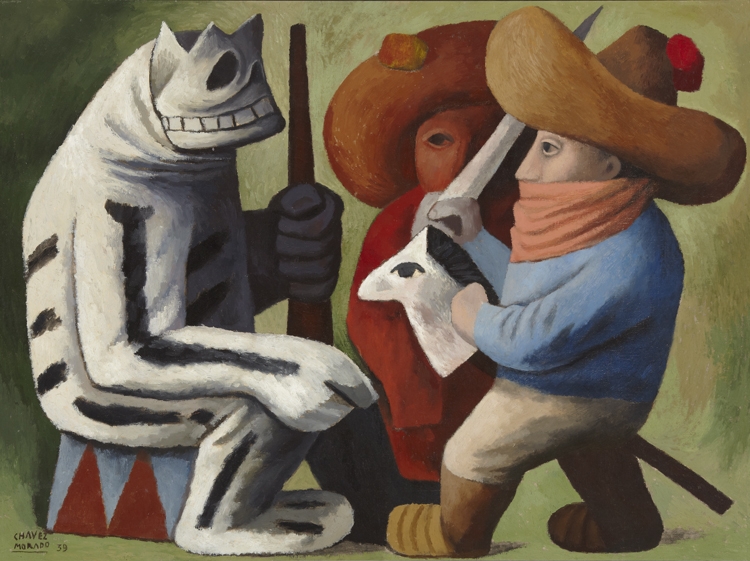
Spanning a 30-year period, Mexico: a Revolution in Art, 1910-1940 examines the artistic creativity that took place in Mexico at the beginning of the 20th century.
Displayed chronologically, over 120 paintings and photographs are divided into four categories. The first room, a display of works produced between 1910 and 1920, documents the great Mexican Revolution and the political, social and economic turmoil it engendered.
In this period of uncertainty, artists rejected the normative preference for historical and allegorical painting in favour of a new artistic language. Adopting forms of popular culture, such as postcards and prints, as well as establishing new motifs (the sombrero-wearing Mexican to signify the popular heroes the Revolution gave rise to), a new, national visual identity was borne. The stylistic difference between the romanticised, brightly coloured Woman from Tehuantepec (1914) by Saturnino Herran, and the colloquial, cartoon-like etching of José Guadalupe Posada’s Farewell of a Maderista and His Sad Sweetheart (1911) reflects this anxious grappling for a fresh artistic style.
The next room deals with the period between 1921 and 1928, in which the state exploited art’s propagandistic ability to construct official ideology. However, as the exhibition shows, this was countered by a more modernist movement, devoid of political or national intent, from the likes of Rufino Tamayo and Maria Izquierdo.
The third room, displaying works produced between 1929 and 1934, once again presents the viewer with a plethora of artistic styles and media, united by the single fact that each work is a representation of Mexico, whether physically or ontologically. Finally, the fourth room, charting a period between 1935 and 1940, is simply a testament to the internationally acclaimed status Mexico had acquired by the 1940s.
What is most successful about the exhibition is its presentation of Mexico from a multiplicity of perspectives. Alongside representations of native Mexico, there are images of Mexico as Other from the view of the foreigner. This is exemplified in the brutal realism of American photographers Edward Weston and his lover Tina Modotti, and, conversely, in the surrealist paintings of English artist Edward Burra. Overall, the exhibition is an engaging dialogue on the changing face of Mexico over a period of thirty years.
The editorial unit
Photo: Courtesy of Royal Academy of Arts
Mexico: A Revolution in Art 1910-40 is at the Royal Academy of Art until 29th September 2013. For further information or to book visit the gallery’s website here.

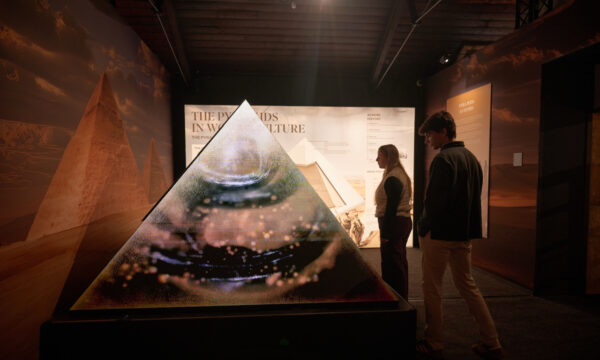
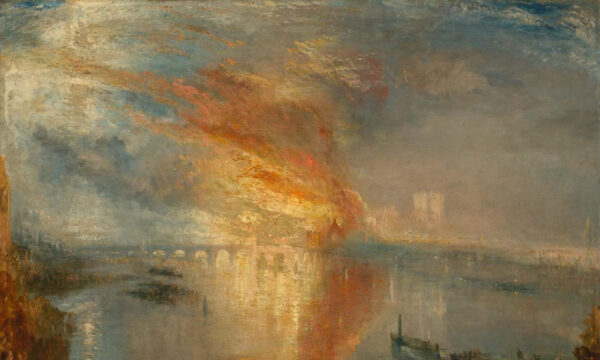
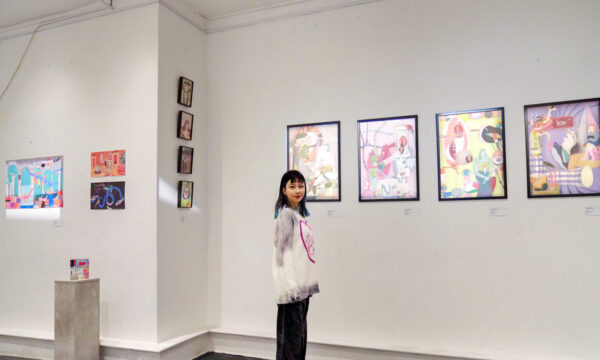
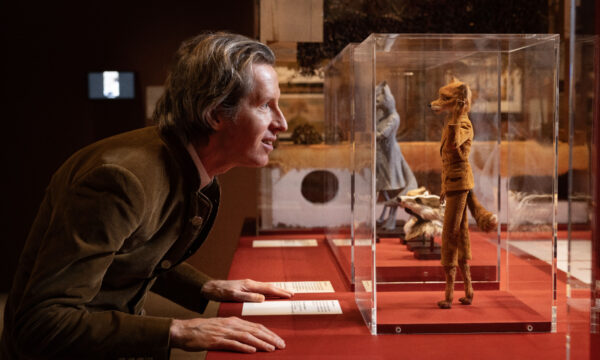
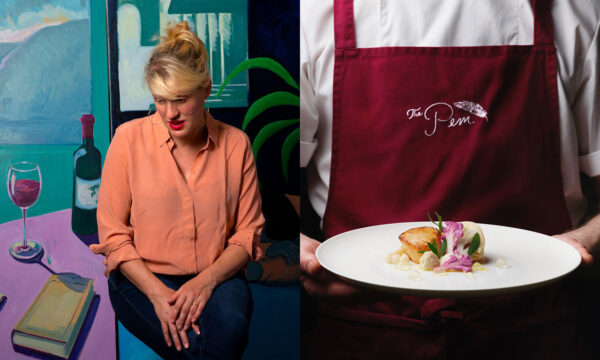
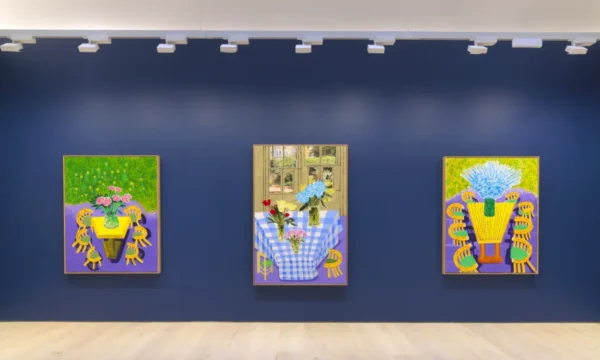
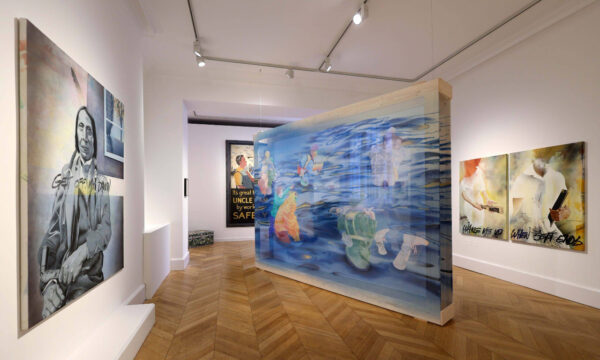
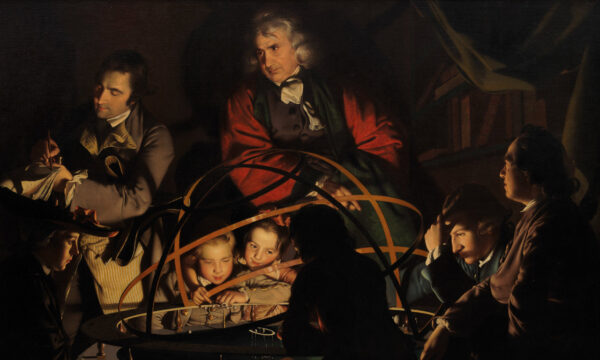
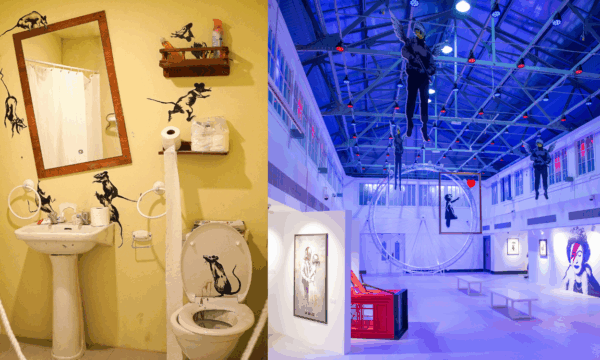









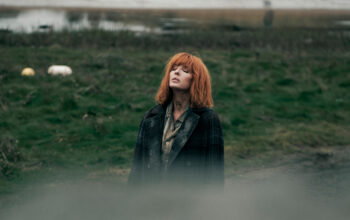

Facebook
Twitter
Instagram
YouTube
RSS